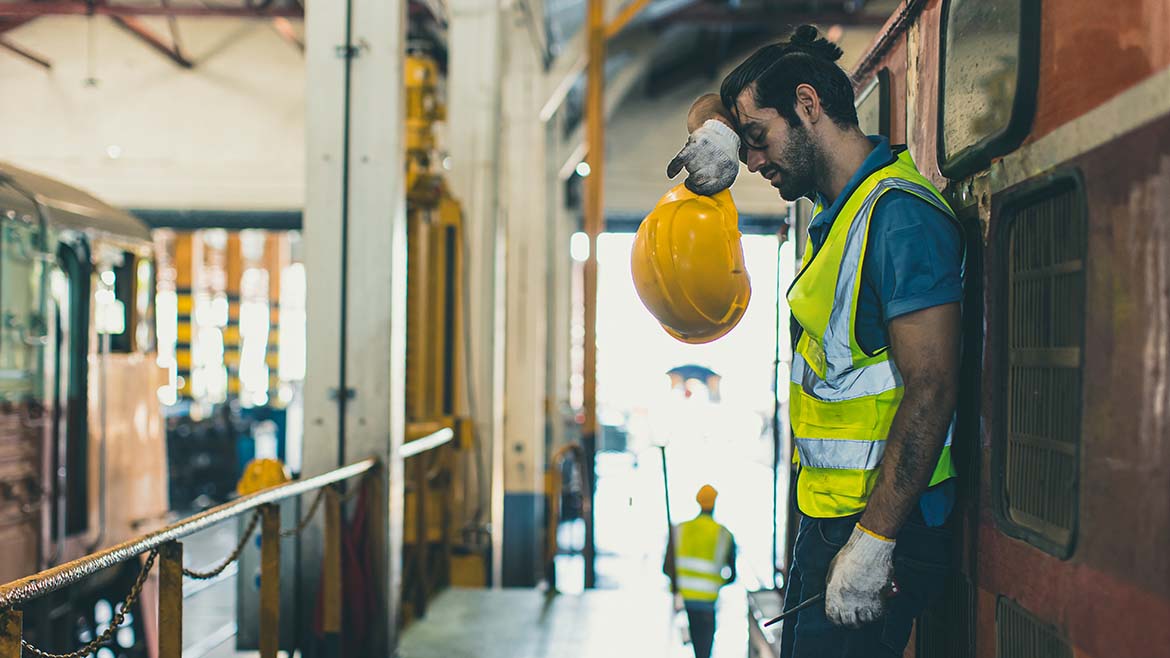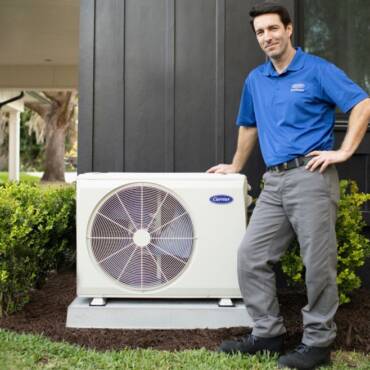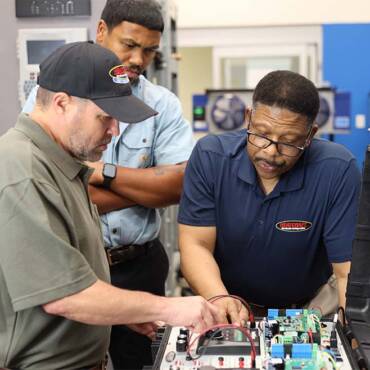Following the announcement of a proposed rule by President Joe Biden that would address excessive heat in the workplace, there are now reports that a loophole could leave millions of workers unprotected.
According to reporting from Politico in July, that draft rule announced by Biden may be undercut by a 50-year-old loophole that the outlet says would impact 7.9 million workers.
When OSHA (the Occupational Safety and Health Administration) was conceived in 1972, Congress gave the agency authority over private companies, but not public employers. According to Politico, the States would have to opt in for public workers to be covered by OSHA.
While 23 states have thus far undergone that opt-in, the current legal theory is that public employees in states who did not, including HVAC technicians working for public entities, wouldn’t be covered under Biden’s proposed rule.
Under Biden’s proposal, if finalized, it would protect an estimated 36 million workers from heat exposure injuries on the job. Workers covered by the rule would include farmworkers, delivery workers, workers in factories/kitchens/warehouses, and tradespeople — including HVAC professionals, whose work often takes them into attics that can far surpass 100° on a summer afternoon.
“More people die from extreme heat than floods, hurricanes, and tornadoes combined,” Biden said. “These climate-fueled extreme weather events don’t just affect people’s lives. They also cost money. They hurt the economy, and they have a significant negative psychological effect on people.”
Politics and arguments over regulations aside, protecting technicians from potential heat-related injuries should be a top priority for contractors and luckily, there are new technologies that can help in that fight.
Heat waves impacted much of the country during the summer of 2024. While that was bad news for anyone having to work in it, one association was using the scorching temperatures to beta-test a new app designed to assess outdoor occupation heat hazards.
AIHA – the association for scientists and professionals committed to preserving and ensuring occupational and environmental health and safety (OEHS) – announced the availability of its new “AIHA heat Stress Mobile App” during its Open Beta testing phase this summer.
“As the climate continues to change, AIHA recognized the need to better protect workers from heat stress—which is why our team of occupational and environmental health and safety experts worked so diligently to develop an app that can more accurately gauge heat stress risks in real-time unlike any tool offered previously,” said Lawrence D. Sloan, CEO of AIHA. “We encourage outdoor workers and employers, large and small, to test our new app during this Beta phase and provide us with feedback to help us fine-tune the app’s functionality to better protect workers from heat-related illnesses.”
The AIHA Heat Stress Mobile App is now available as a free download on both iOS and Android platforms and is currently available for open beta testing before a broader application launch expected in September 2024. AIHA has developed detailed instructions for users on how to provide feedback. This easy-to-use, free tool allows users to input information that will factor into their overall heat stress risk, including:
- Location (multiple locations can be selected)
- Intensity of workload (users can select light, moderate, heavy, very heavy)
- Clothing type (uses can choose from six different options)
- Cloud coverage (degree of sun exposure)
- Preferred language (English, Spanish, French, or Portuguese)
Using data collected from local weather sources, the app calculates risk and delivers important notifications and reminders, including health recommendations such as rest breaks and water consumption based on an individual’s risk level, recommended heat stress prevention measures, warning signs of heat-related illness, and first aid recommendations to assist a worker in distress.
The AIHA app supports not only the outdoor workers who are monitoring their own heat-related risks, but it can also be used by managers who are able to input locations manually to track working conditions in real-time,” said Margaret C. Morrissey-Basler, Ph.D., Assistant Professor, Department of Health Sciences at Providence College and Chair of the AIHA’s Thermal Stress Working Group. “This allows managers to make decisions about the impact heat has on their workers’ health and safety and adjust workloads accordingly.”
Dr. Morrissey-Basler’s research has shown that workers experiencing heat stress do not perform their jobs as efficiently as workers not impacted by this type of heat exposure, which can negatively impact an organization’s bottom line. In addition, recent research has shown that there are more than 700 heat-related fatalities per year on average in the United States, making environmental heat exposure the leading cause of weather-related deaths.
Other professional organizations, like ACCA, are also working to ensure technician safety, and offered several tips for those who are going to be exposed to extreme heat.
“Staying safe on the job during extreme heat can be a challenge,” Kate Wessels, vice president of communications, marketing, and partnerships at ACCA, said.
Wessels said ACCA believes it is important for businesses to promote a culture of safety by putting measures in place that help mitigate the effects of extreme heat. Here are a few of our top tips:
- Use a buddy system to help watch out for each other’s health.
- Ensure that frequent breaks are scheduled, and ensure that everyone on the job stops to take breaks.
- Rotate duties so that work and exertion are distributed.
- Regularly drink water and electrolytes; take frequent sips while working.
- Avoid caffeine, as it dehydrates the body.
- Ensure that you and everyone on your team are trained to recognize the signs of heat-related illnesses.
- OSHA has found that over 70% of heat-related deaths occur during a worker’s first week on the job. For anyone new to working in extreme conditions, it’s best to have an acclimatization period over 1-2 weeks of increasing exposure to heat to allow the body to adjust.
Whether you require installation, repair, or maintenance, our technicians will assist you with top-quality service at any time of the day or night. Take comfort in knowing your indoor air quality is the best it can be with MOE heating & cooling services Ontario's solution for heating, air conditioning, and ventilation that’s cooler than the rest.
Contact us to schedule a visit. Our qualified team of technicians, are always ready to help you and guide you for heating and cooling issues. Weather you want to replace an old furnace or install a brand new air conditioner, we are here to help you. Our main office is at Kitchener but we can service most of Ontario's cities
Source link




Add Comment